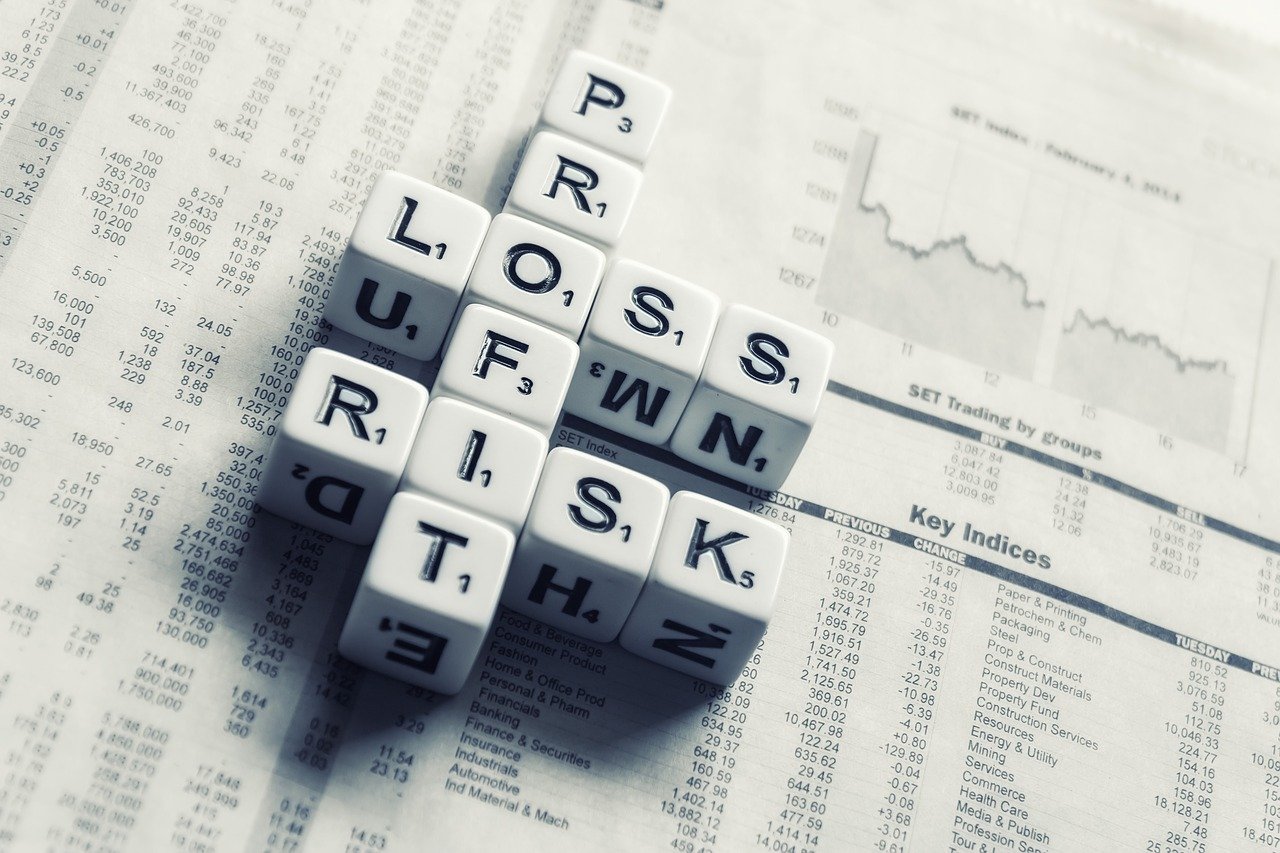Investing can be a great inflation hedge if you invest in the right assets. The type of investment you choose will be determined by your risk appetite. Usually, the higher the return you seek, the bigger the risk you need to take. Most beginners are concerned about the returns they can potentially make, but they don’t ask about other important elements such as, is investing while in debt a good idea?
What about the fees involved? You would think that people would be concerned about those. Yet, most are not. They focus only on the returns. Timing is also important. I don’t only mean when to enter the market but, also, at what stage are you in your financial journey.
My Investing Story
After going completely bust, I started to reshape my financial muscles. I lived the minimalist lifestyle, stayed well within my budget and wanted to invest. Because I lived below my means, I saved money for the first time in my life. Yay!
A part of my development was a desire to invest my money so that it could earn me more. The banks offered to pay me about 5% annual interest on my funds, but I wanted bigger returns. I thought that the stock market would provide higher returns, so I studied it to see all the different moving parts.
I discovered that certain individual stocks could provide several hundred percent returns, but they could take years to realise. I sought returns faster. The other option was to invest in an exchange-traded fund (ETF) that tracked the S&P 500, which has a history of providing average annual returns of 10%. That’s better than the bank’s offer, but I needed to be certain that I could expect that percentage, more or less.
Once I dug deeper, I discovered that some hedge funds charged high fees for managing the account, which was a passive investment. Their fees would have lowered my returns by 2 or more percent. That might not sound like much, but it adds up over months and years, especially with compounding.
I ruled out savings accounts and the stock market as potential investments and, instead, I opted for…
The Asset I Chose

An acquaintance introduced me to cryptocurrency, and I became instantly hooked. The returns were huge and fast, fees were low, and there was no intermediary. What more could I ask for? It sounded like I had found my dream investment and returns seemed imminent. I mean, everyone else was making a lot of money from cryptocurrency, so why wouldn’t I?
I invested most of my savings into cryptocurrency and hoped for the best. Little did I know that the worst was to come.
Over the next few months after investing, I watched in horror as my portfolio decreased by 90% in value. Yep. 90%. The worst part about the ordeal was that I hoped to make huge gains so I could pay off my debt. Not only did my portfolio’s value shrink considerably, but now, I had no savings and was still in debt.
I realised that investing while in debt was a huge mistake. There are no guaranteed returns in investments, but outstanding debt is guaranteed. A much better decision would have been for me to use the savings to pay off debt.
The smart decision I took was not to sell the cryptocurrencies when their value decreased. I waited, hoping that it would return to the value I bought it. Eventually, it did. But that took several years. Like most beginner investors, I bought an investment asset after it had surged significantly, thinking that I could jump on the spaceship and go along for the ride to the moon.
Most beginner investors buy an asset at the top, just before the price crashes or retraces. When the price continues to fall, they believe it can go to zero, so they sell to avoid a total loss. Usually after that, the market turns around and begins to climb back up.
When Is It Okay to Invest?
I learnt my lesson the hard way and discovered that the best time for me to invest was when I was out of debt and had savings for 6-months of essential expenses (rent/mortgage, utilities and food) and a $2,000 emergency fund. If I lost my income, I could tape into the 6-months savings account until I replaced my income.

Any savings after covering all those accounts, I could invest only if I felt comfortable losing the entire amount invested. When I considered an investment, I asked myself if I was fine with never seeing that money ever again.
If I was, I could invest. Then I wrote that money off in my mind. It’s like I had lost it. If I made returns on the investment, it was a bonus. But I didn’t rely on it to pay off debt or increase my savings.
Instead of seeking risky assets, I developed the risk-averse mindset—avoid risk as much as possible while accepting potentially lower returns than risky assets. I found that in real estate.
Cryptocurrencies aren’t the only risky assets. Even real estate is risky. A tenant may choose not to pay rent, and you need to incur expenses to evict them. The neighbourhood could become dangerous, lowering your property’s value.
Every investment is risky, but some are more than others. You need to determine your risk appetite and the amount you’re comfortable with losing.
As for me, I can now invest because I don’t have any debt, and I have significant savings. But I won’t invest more than I can afford to lose. I still enjoy having cash. I never know when I might need it.
An Alternative
The only time I would invest while in debt is if my only debt was a mortgage and my house’s value was more than the outstanding debt. If, for whatever reason, I needed money, I could sell the house. But that wouldn’t be necessary because I would have covered 6 months of essential expenses and emergencies.
Ideally, the best scenario is to be debt-free when considering investing.
CHECK OUT MY NEW BOOK — From Homeless to Debtless with Savings
READ NEXT: Do Finances Impact Your Love Life?





Leave a Reply